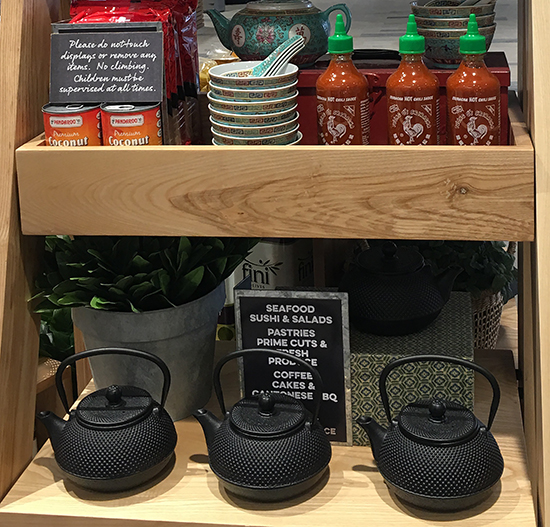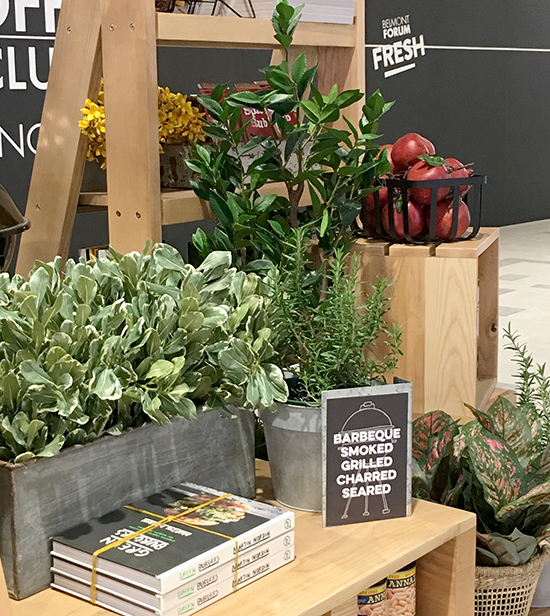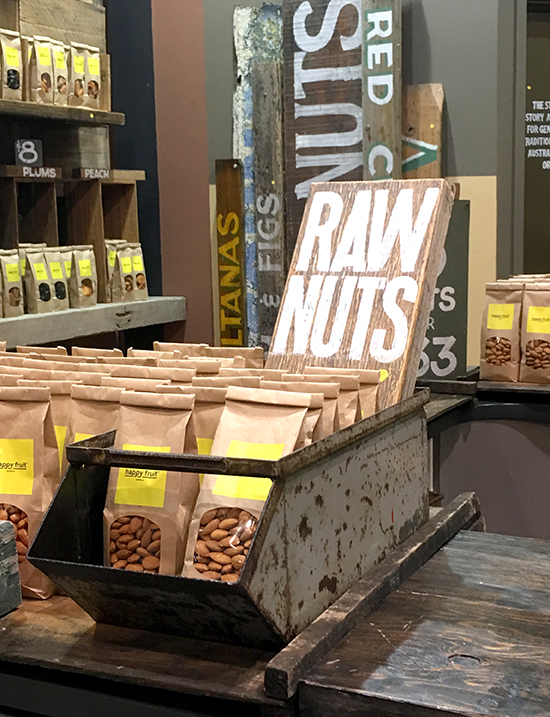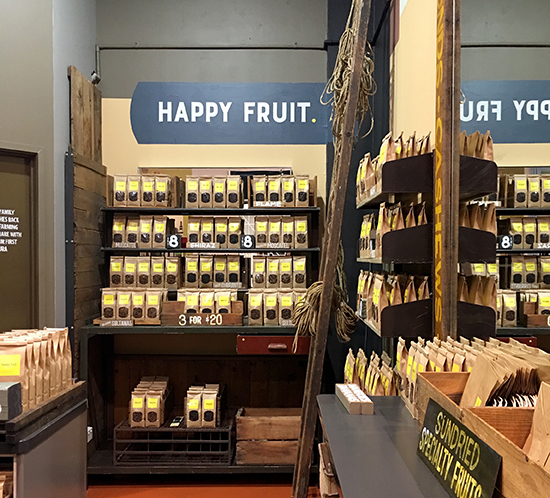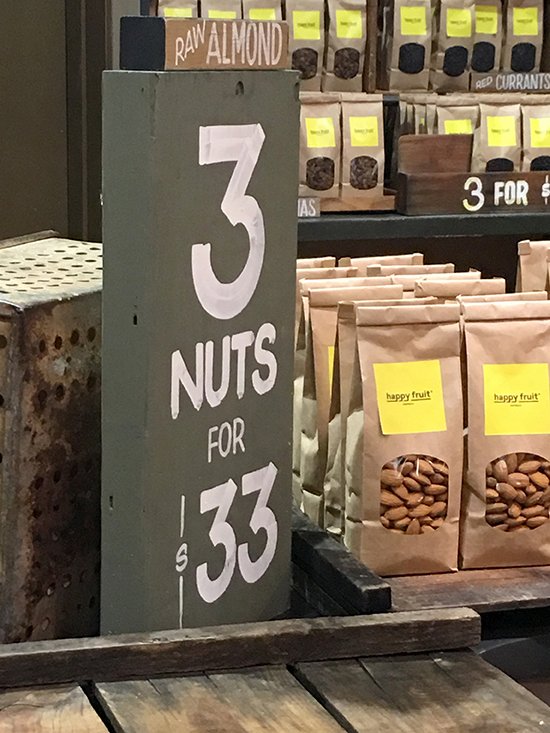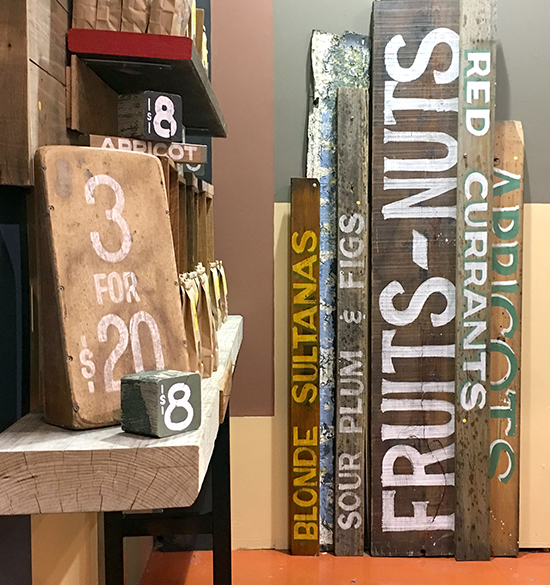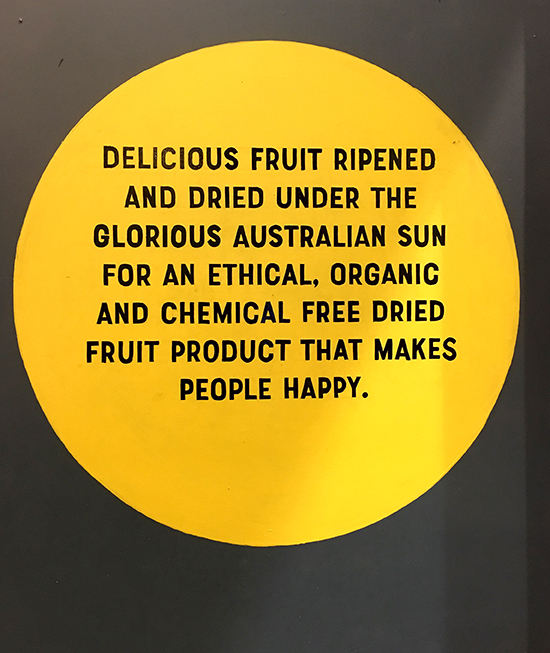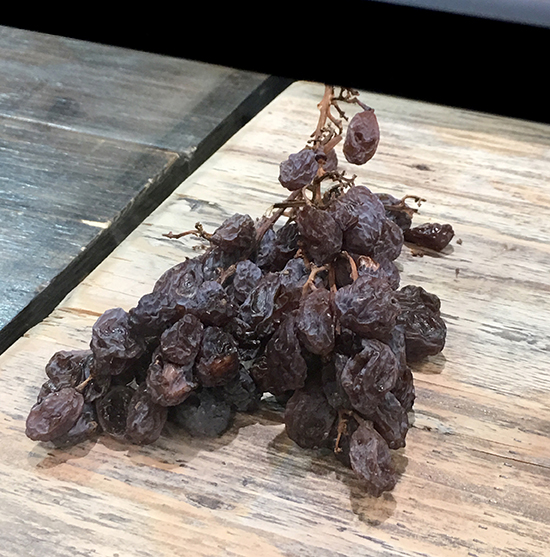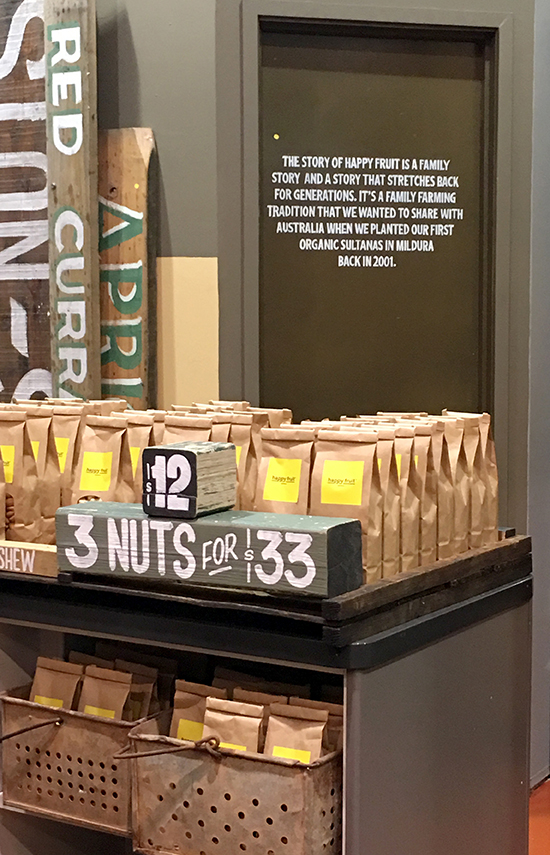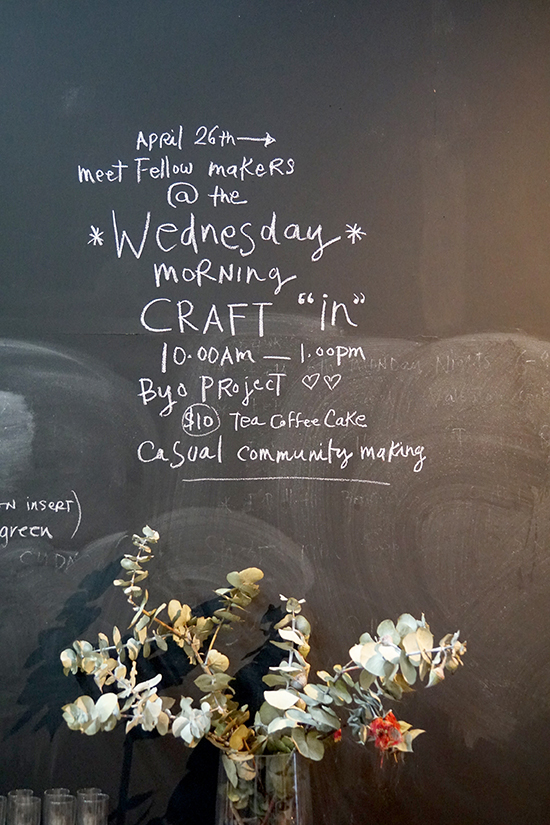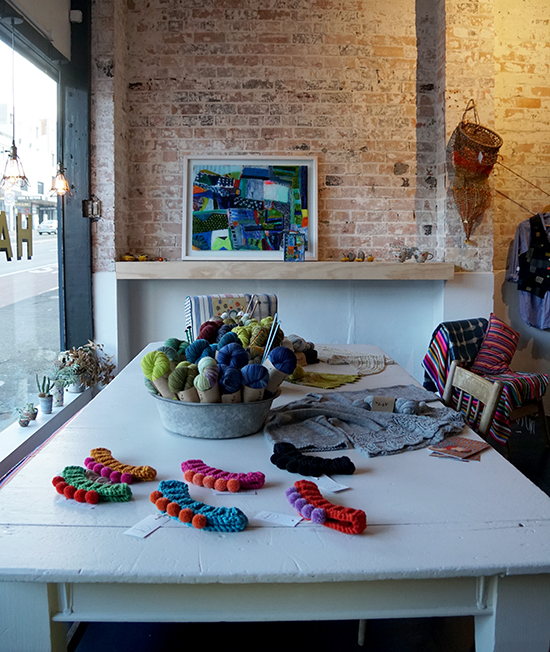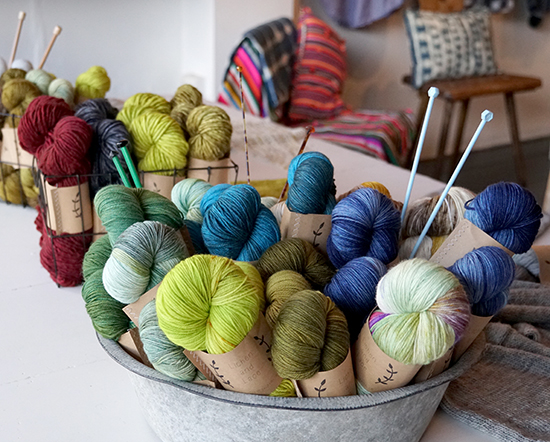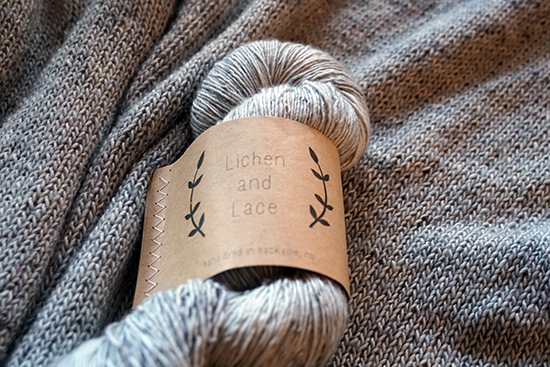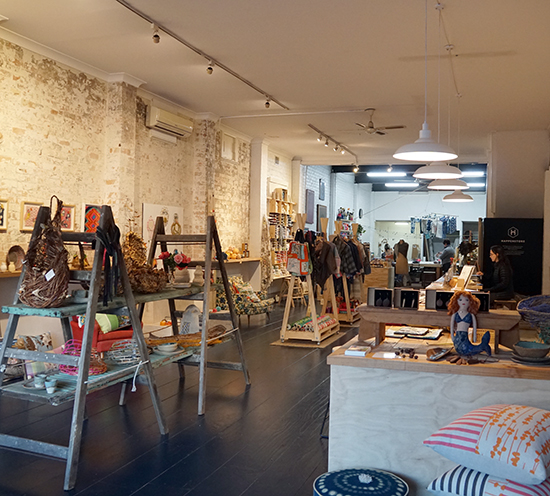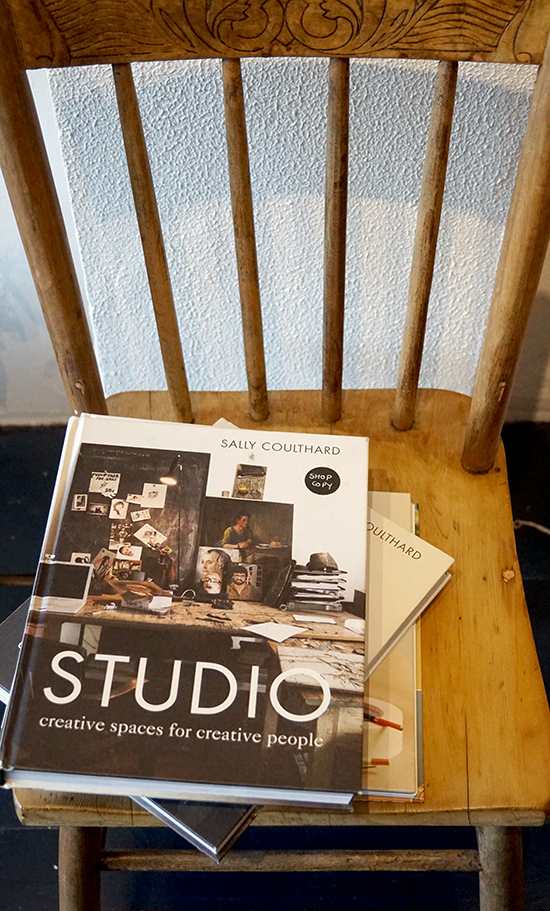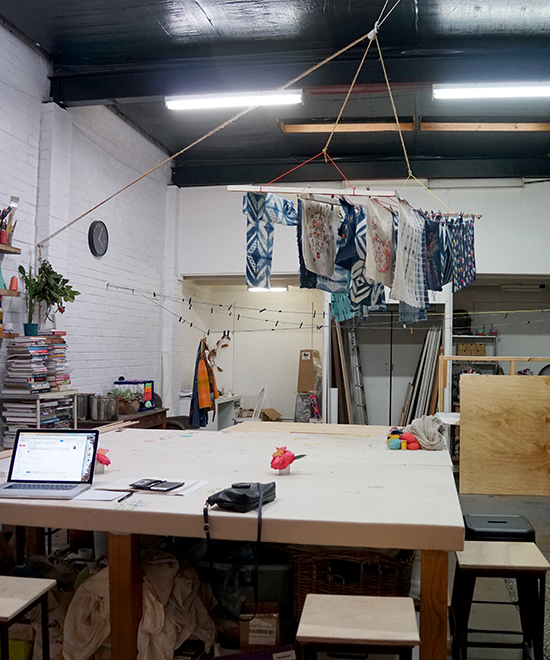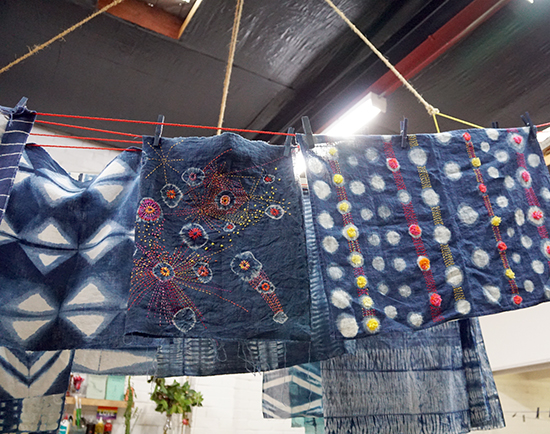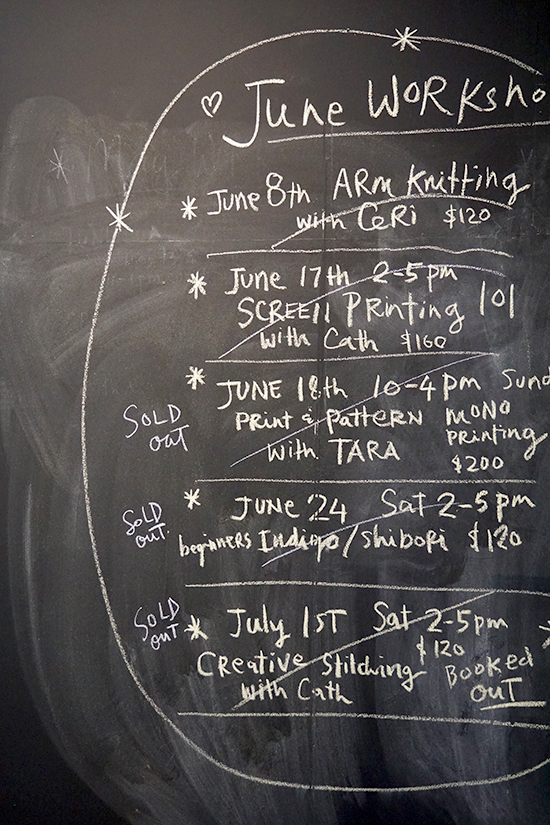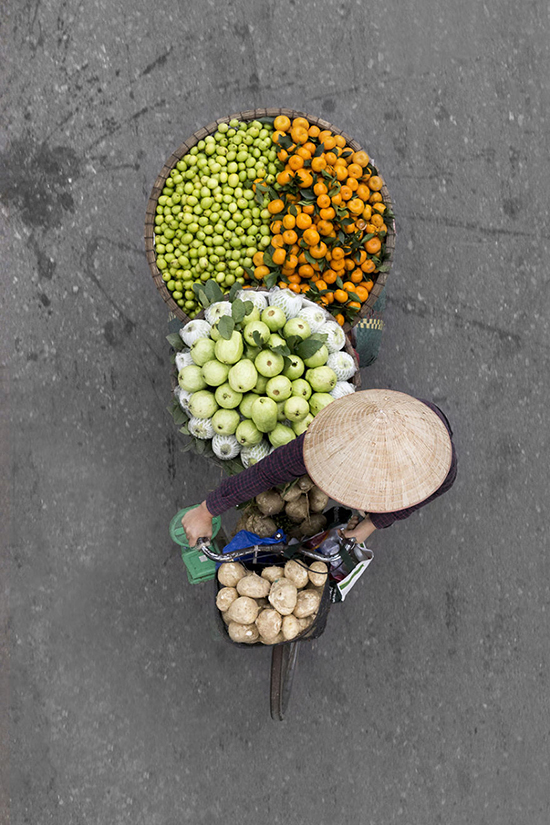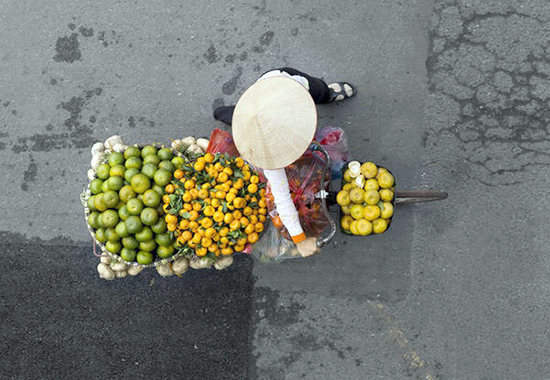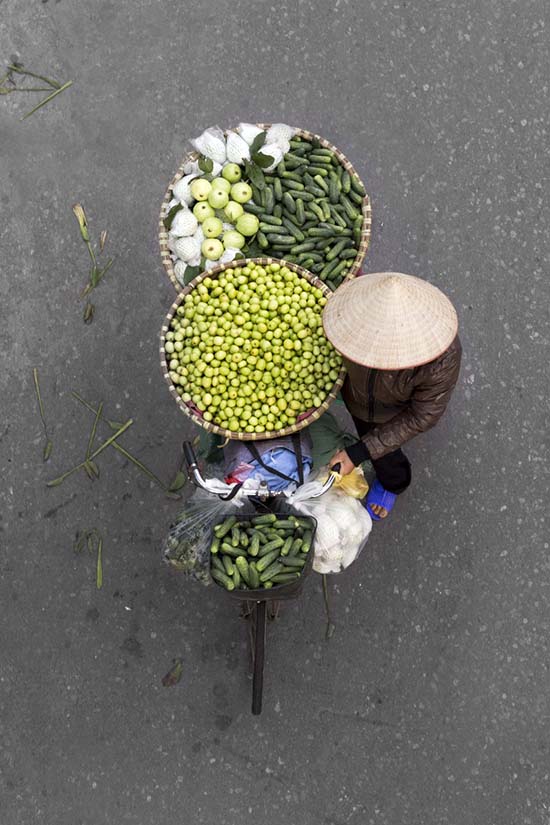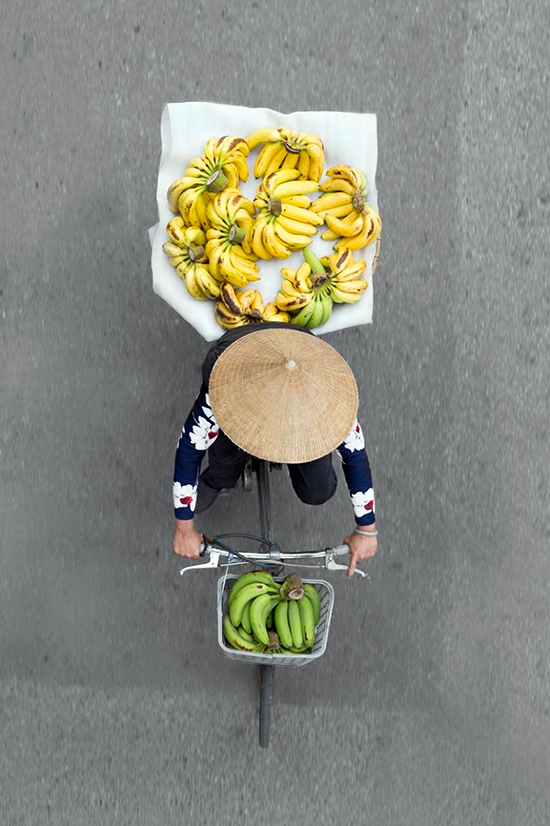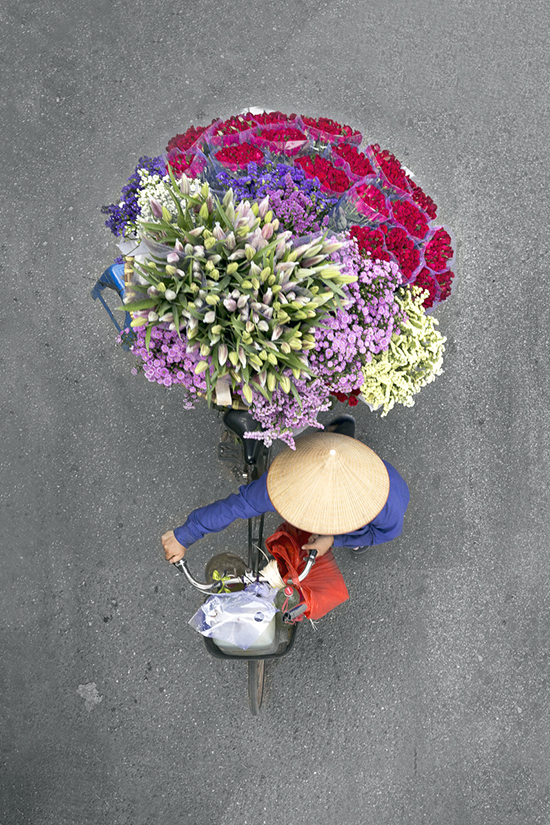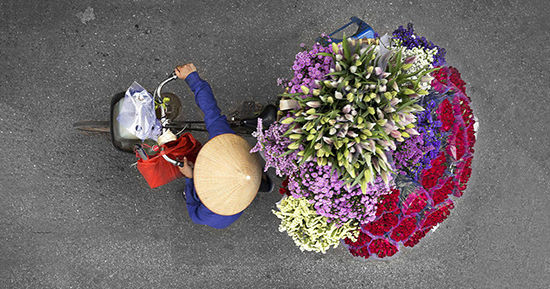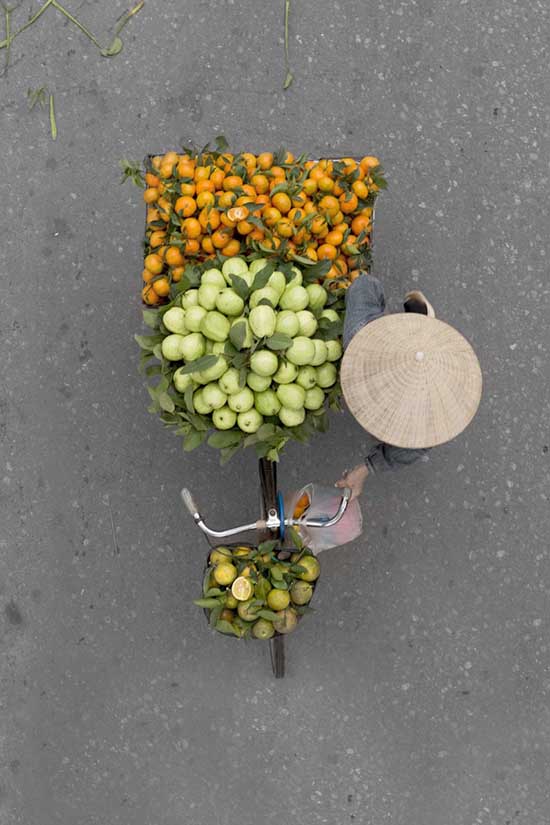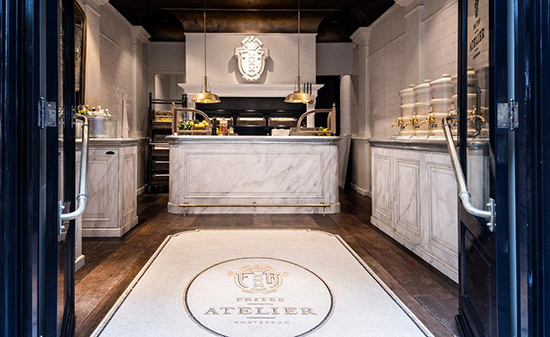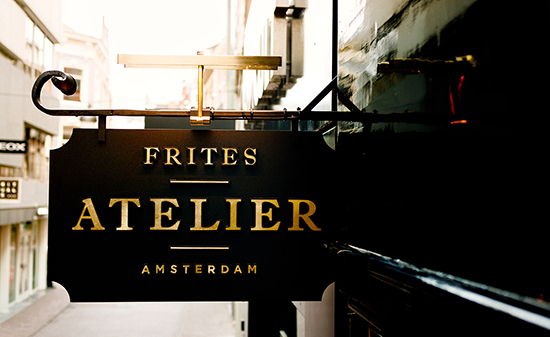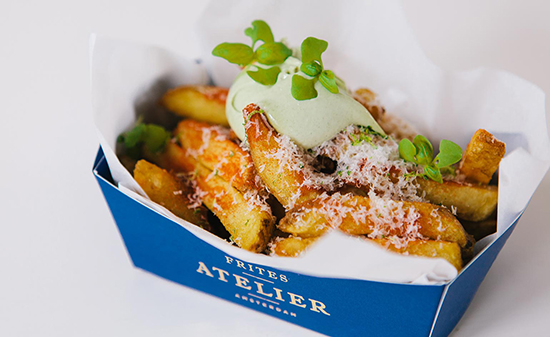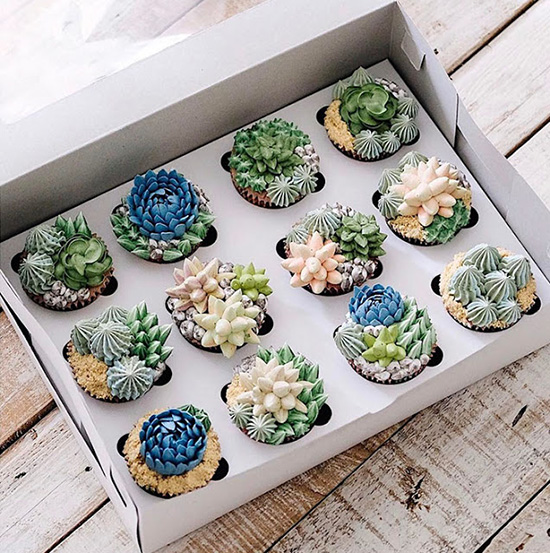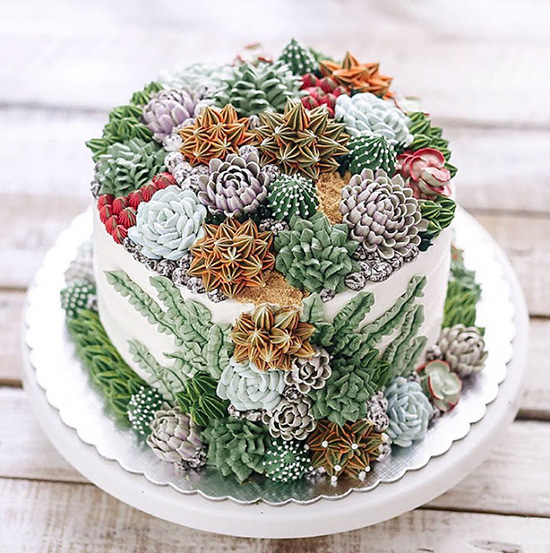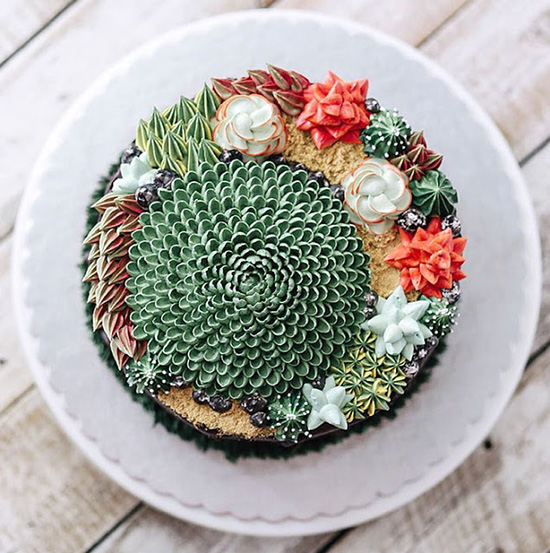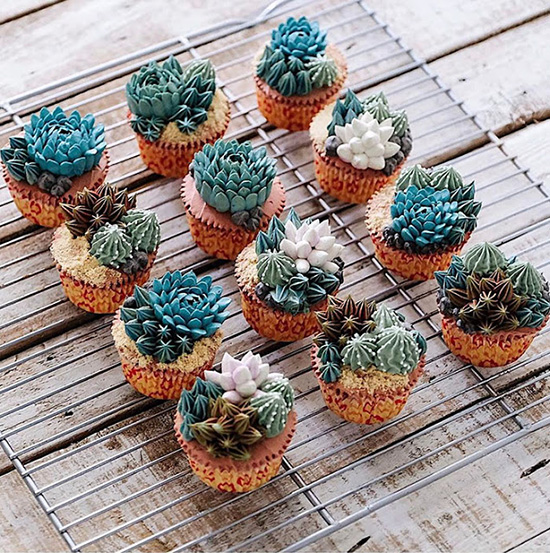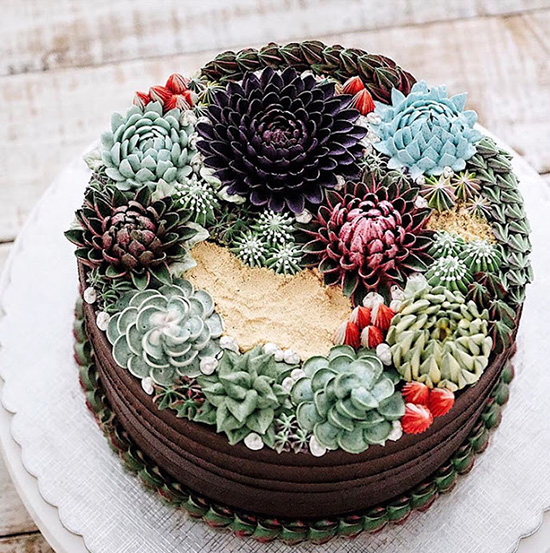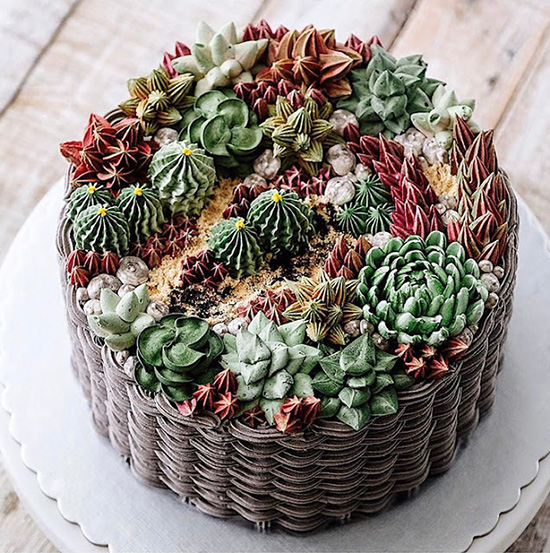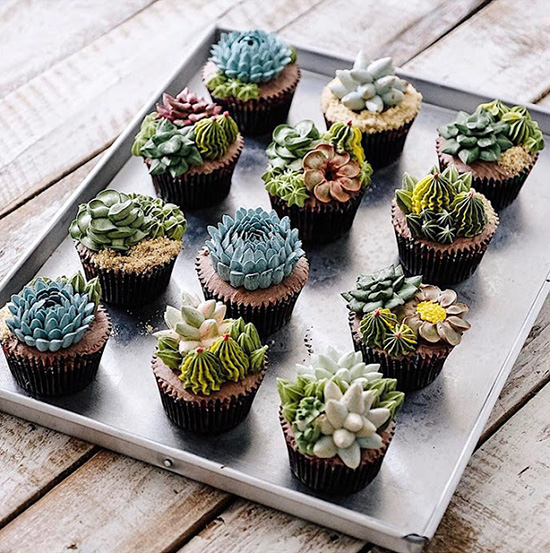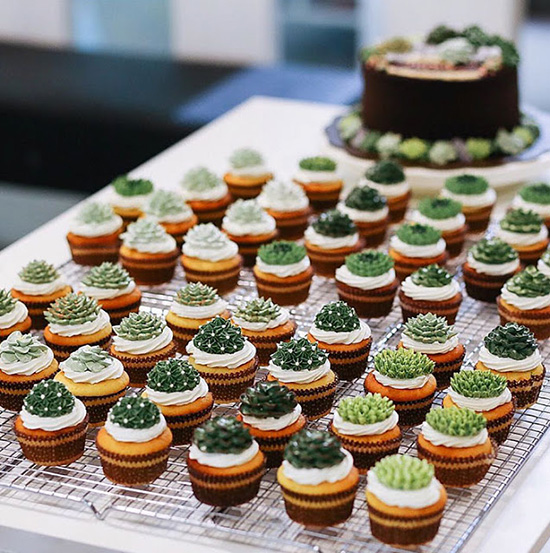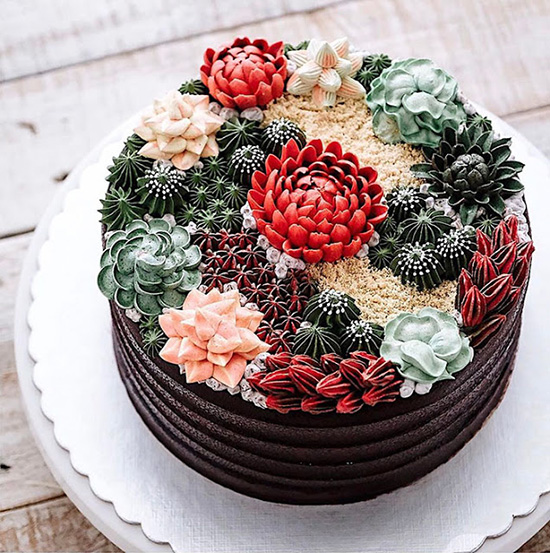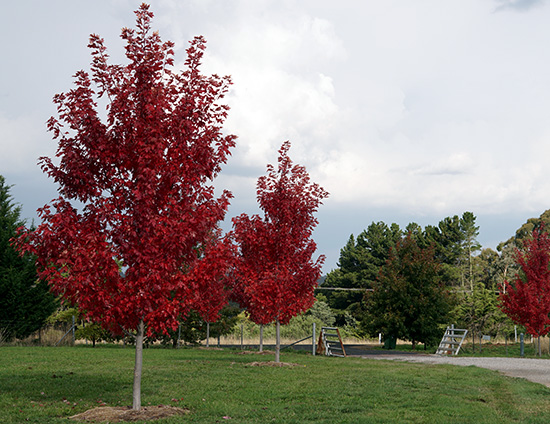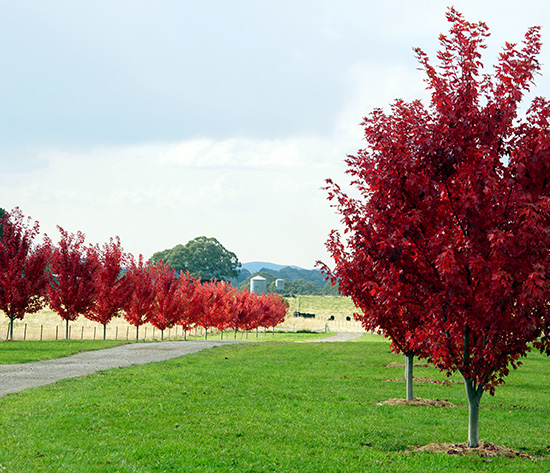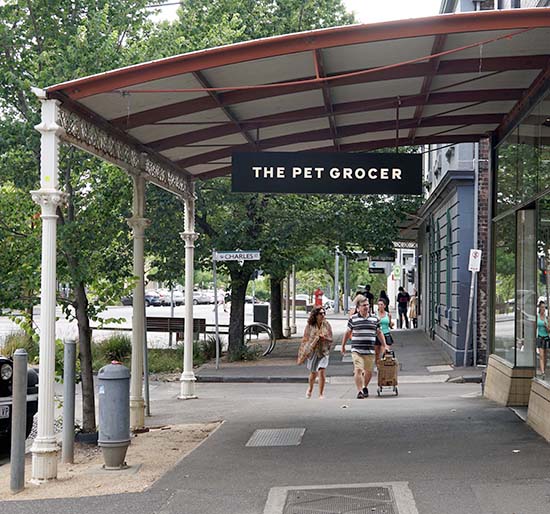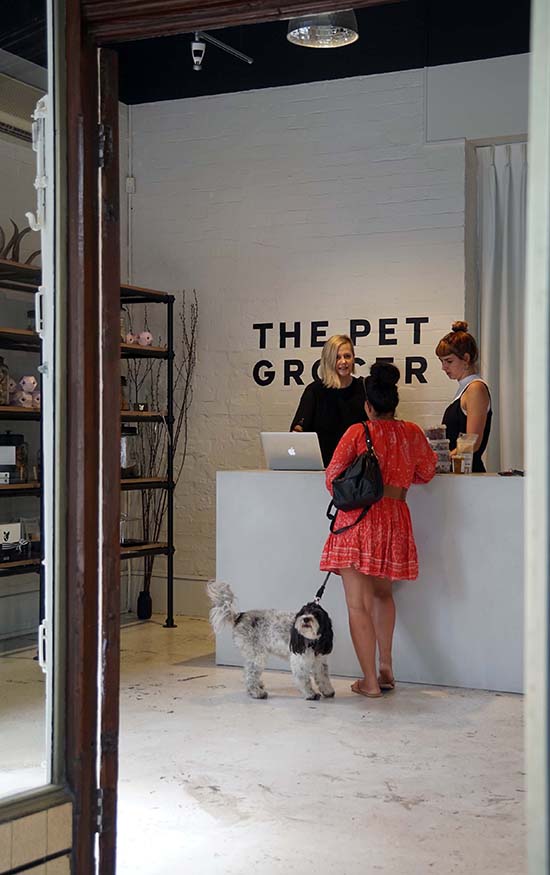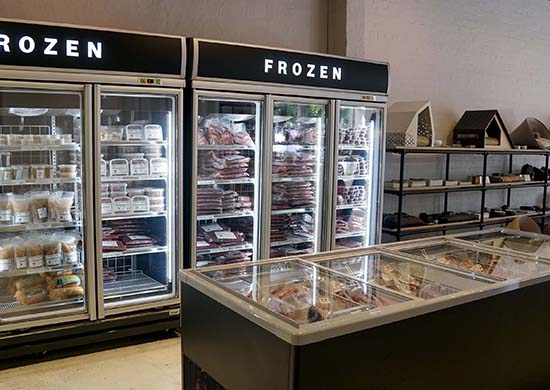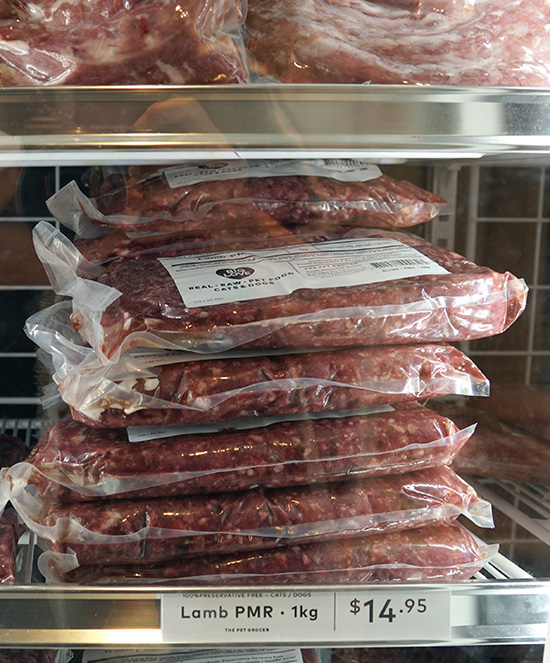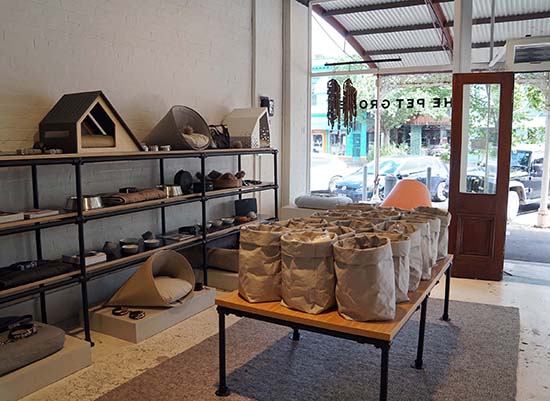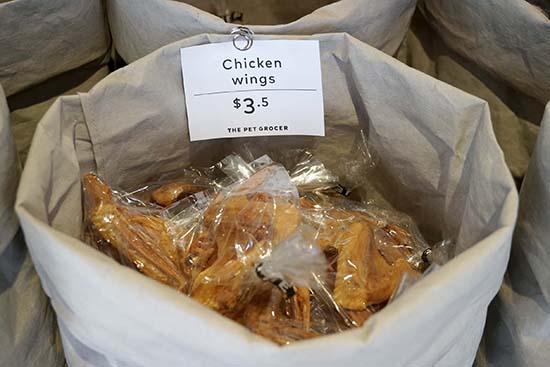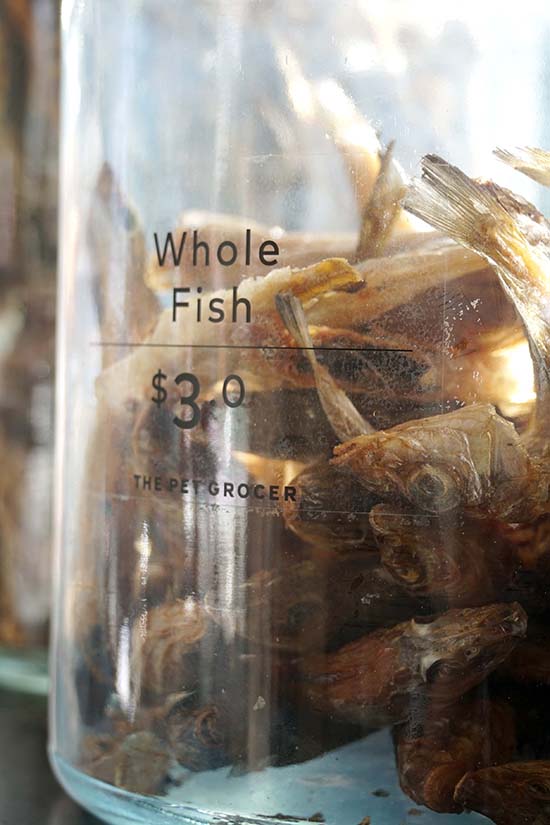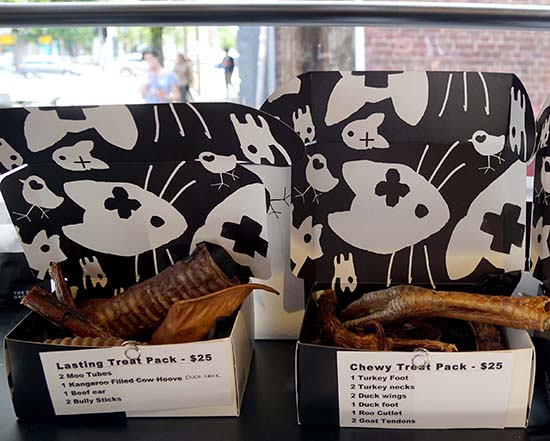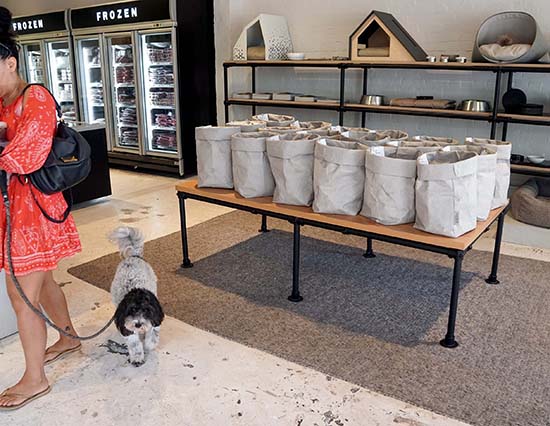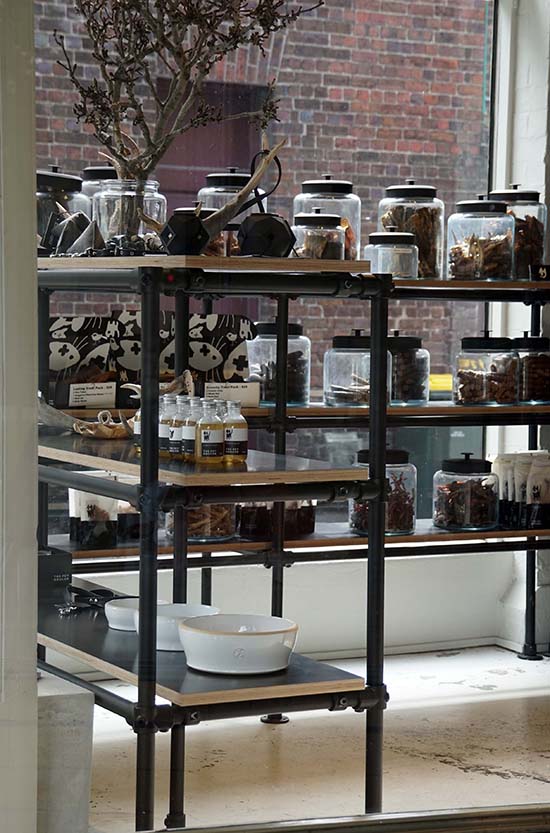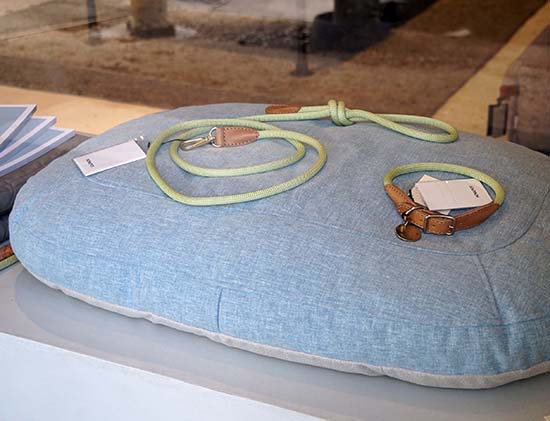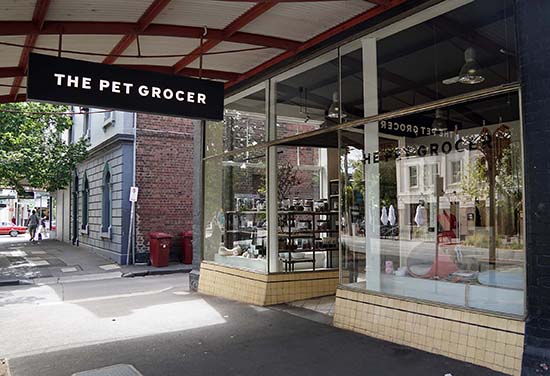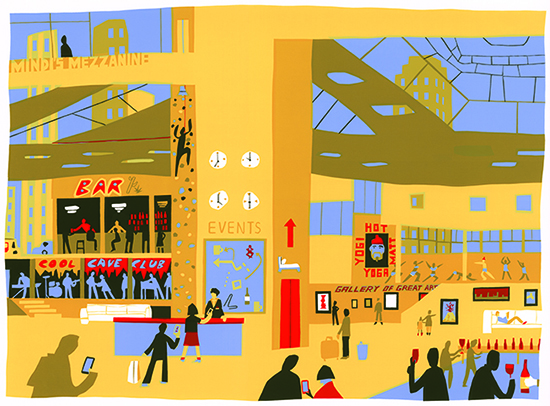
To stay relevant in the increasingly mercurial hospitality industry, hotels are reinventing their relationships with guests and the local community.
POD shares this article from Metropolis Magazine by journalist Jen Murphy. Illustration by Ethan D'Ercole.
On a recent business trip to Boston, I checked into my hotel at an automated kiosk, ordered room service via an iPad, and used my smartphone to book an Uber to the airport. After my automated checkout, the hotel thanked me for my stay via Twitter. The experience was seamless, yet also soulless. Other than signing for my dinner, I had zero human interaction throughout my four-day stay. When, I thought, did hotel hospitality stop being hospitable?
Our cultural obsession with instant gratification has pushed the hotel industry to excel at customer service at the expense of good old-fashioned hospitality. Big-box hotels have embraced a model of efficiency and convenience that has turned the guest experience into a business transaction rather than a warm and welcoming stay. Guest loyalty, once created by human engagement and memorable moments, is now earned through reward points and Facebook likes. In keeping up with the digital times, the industry has failed to realize that the more connected we are virtually, the more we crave real human connection. I have yet to find an app that re-creates the sense of comfort I feel when I land in a foreign city and am greeted by a smiling stranger who is genuinely interested in taking care of me.
Nothing has reconfirmed our yearning for human connection more than the onset of the sharing economy. Airbnb’s increasing influence on the hospitality industry has been a wake-up call to hotels, which have been scrambling to personalize and localize the traditional guest experience. The 2008 launch of the home-share site fulfilled our desire for both ease and convenience, but, more importantly, it facilitated a relationship between people and place.
Newer brands such as Lark Hotels and Salt Hotels have taken note and found success with their updated twist on bed-and-breakfast hospitality. The stripped-down approach of these boutique properties underscores what truly matters to guests (complimentary locavore breakfast served by a friendly host, yes; multiple dining venues run by star chefs, no). Hosts at Lark and Salt act as both modern-day innkeepers and conduits to the community. The latter is evidence that a hotel’s relationship with the wider community has become just as important as its relationship with its guests.
The hotel has always played the role of historian, shedding light on a city’s past with nostalgically named cocktails, coffee-table books, and design elements. But as hotels become ambassadors of place they also provide a lens into the current cultural zeitgeist of a city. Mini-bars and restaurants showcase local artisans and producers, lobbies double as galleries for local artists, rooftops turn into concert venues for local bands, and gyms host workouts led by cult trainers.
As brands like 21c Museum Hotels and Ace Hotels become cultural hubs for visitors and locals alike, the question for the traveler shifts from “What type of room do I want?” to “What type of people do I want to rub shoulders with during my stay?” The home away from home for travelers is now a hangout for niche segments of a community. Foodies line up to dine at hot hotel restaurants, hipsters hide behind laptops in low-lit lobbies, business execs power-breakfast, and yogis flow in shiny hotel gyms.
As the line between business and leisure travel continues to blur, hotels have the challenge of keeping us plugged-in while also allowing us to tune out, recharge, and reinvent ourselves just a bit.
The emphasis on community-guest engagement has given hotels a leg up on the sharing economy. In April, Airbnb debuted a new brand campaign, “Live There,” and announced a shift in focus to immerse Airbnb guests into a neighborhood through host-generated online guidebooks. And this past July, it launched a pilot program in Sonoma, California, that offered hotel-like amenities including instant booking, 24-hour check-in, and local snacks and wines.
If the hotel industry wants to stay ahead of the sharing economy, it needs to continue to reinvent its relationship with the guest. For centuries, people have turned to travel as a means of personal growth. But as time away becomes more scarce, people are looking to hotels to facilitate personal transformation. Few people have three months to travel the globe, let alone one week to devote to their favorite passion, be it cycling or cooking. As the line between business and leisure travel continues to blur, hotels have the challenge of keeping us plugged-in while also allowing us to tune out, recharge, and reinvent ourselves just a bit.
The hotels of the future will educate, inspire, and improve our overall wellbeing. A good night’s sleep is no longer just about the bed. Pillow menus will be replaced by customizable lighting—and options won’t just go from dim to bright. Technology from the Delos Wellness Real Estate company now gives guests the choice of warm white lighting that adjusts the body’s internal clock or blue energizing light that reduces the effects of jet lag. We’ll see more e-smog-free rooms, like those at Villa Stéphanie in Baden-Baden, Germany, that allow guests to disconnect from Wi-Fi with the touch of a button, guaranteeing distraction-free rest.
While hotels will continue to partner with experts to execute experiences, they’ll also turn inward to take advantage of their own staffs’ knowledge and talents. We’ll see more specialized concierges, like Hotel Vermont in Burlington’s beer concierge, who tap into guests’ geeky obsessions. The stuffy guest-staff formality of the past will give way to more casual encounters as general managers lead morning runs and chefs invite guests into their kitchen gardens. During a recent stay at the Four Seasons Hotel Casablanca, I bonded with the head of housekeeping—someone I’d normally have no interaction with—because the concierge arranged for him to take me surfing.
As the global consciousness increasingly values experiences over things, we will view real time away from our office, our email, and our day-to-day lives as a luxury, and the resort experience will be reimagined as a result. All-inclusive stays designed for guests to sip cocktails and lounge poolside will give way to think tank–style retreats with a Burning Man–meets–TED Conference sensibility. We’ll see more properties like La Granja, a small farmhouse and guesthouse in Ibiza from Design Hotels founder Claus Sendlinger, which offers Slow Food workshops and lectures on meditation and future mobile societies. Developments like Tres Santos, which bills itself as an “epicenter for well-being” in Todos Santos, Mexico, may be the ultimate pioneers in transformational, locally driven hospitality. When the first phase is completed early next year, the mixed-use community will include residences and a boutique property from hip hotelier Liz Lambert, a community farm, and a branch of Colorado State University where locals and visitors can take classes in conservation and organic farming.
All this may seem like a hospitality revolution, but really the industry shifts are a return to the roots of what people have always sought when they travel—a deeper connection to and understanding of people, place, and themselves.



